I was born in Nagoya, went to university in Shiga, and worked part-time in Kyoto all through my student days. To me, Kyoto isn’t just a place I visited—it’s a place I lived, wandered, got lost in, and fell in love with over and over again. I’ve spent countless summer afternoons strolling the alleys of Gion, sipping matcha in Uji, or just watching the light change on the Kamo River.
Kyoto isn’t just beautiful—it’s layered. And the best parts? They’re often tucked away, found not in the guidebooks but in the quiet corners and slow moments.
In this article, I’ll share 10 real cultural experiences you shouldn’t miss—things I’ve done myself, things that made me feel more connected not just to Kyoto, but to Japan as a whole.
Let’s go beyond the postcards. Let’s feel the soul of Kyoto—one experience at a time.
1.Wearing a Kimono and Walking Through the Streets of Kyoto
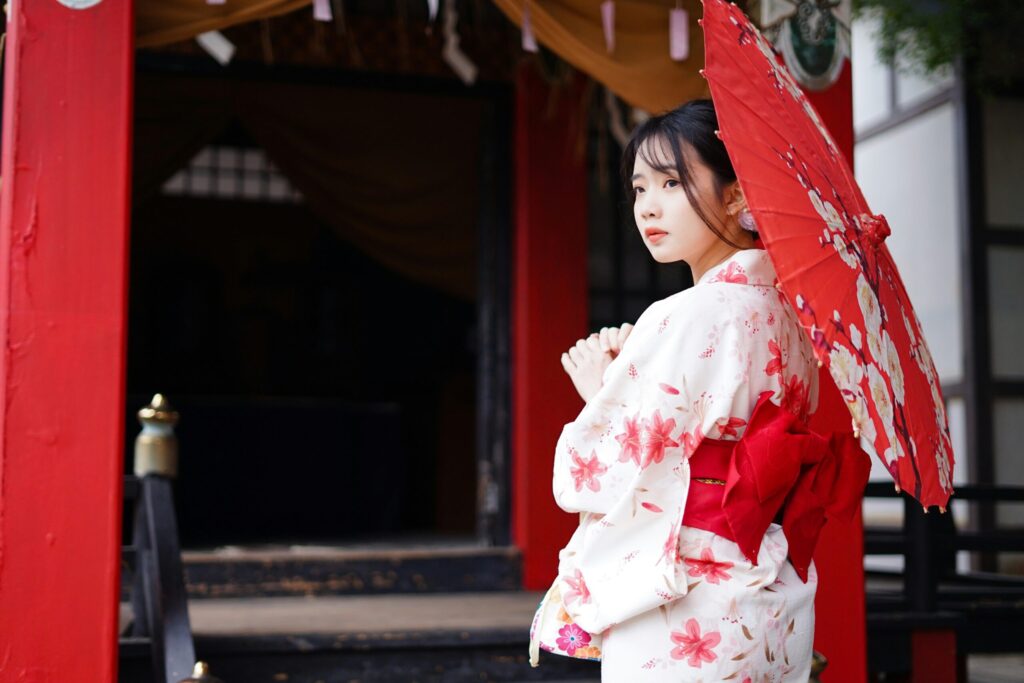
Wearing a kimono in Kyoto isn’t about playing dress-up—it’s about stepping into a different rhythm of life.
When I visited Kyoto with my wife in 2021, we rented kimono and wandered through the quiet streets near Gion. The moment I put it on, everything slowed down. The way I walked changed. Strangers smiled. I noticed small things—the curve of a roof tile, the rustle of bamboo in the wind.
It wasn’t just clothing. It was presence.
And no, this isn’t only for tourists. Even as someone born and raised in Japan, wearing a kimono in Kyoto gave me a whole new appreciation of the city’s spirit.
Flo’s note: Slowing down in a kimono? It’s like seeing Kyoto in a softer light
◉ Rent a kimono in Kyoto here – Choose from dozens of styles and get dressed professionally near Gion or Kawaramachi.
2. Matcha in Uji – The True Home of Green Gold
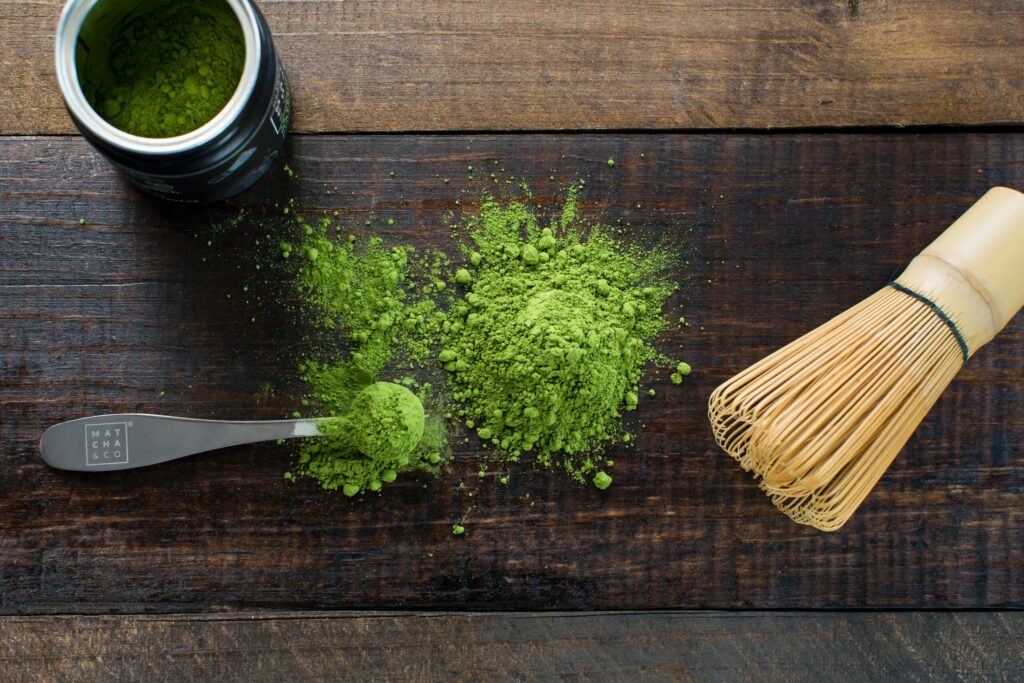
If you’re a matcha lover, don’t stop at Kyoto’s city center. Go deeper. Go to Uji.
Uji is a quiet town just outside Kyoto, but for matcha fans, it’s the holy land. I’ve been here many times with my mother. We’d wander into old teahouses and sit for hours, sipping matcha while listening to the river nearby.
Everything tastes better here. The matcha is richer, the wagashi sweeter, the air greener. It’s not about just having tea—it’s about experiencing the origin.
And don’t miss Byodoin Temple while you’re there—its reflection on the pond is as serene as the tea.
Flo’s comment: If matcha is your religion, Uji is your temple.
◉ Book a matcha tea experience in Uji – Visit local teahouses and learn how real matcha is prepared.
3. Hozugawa River Boat Ride – A Thrilling Journey Through Nature
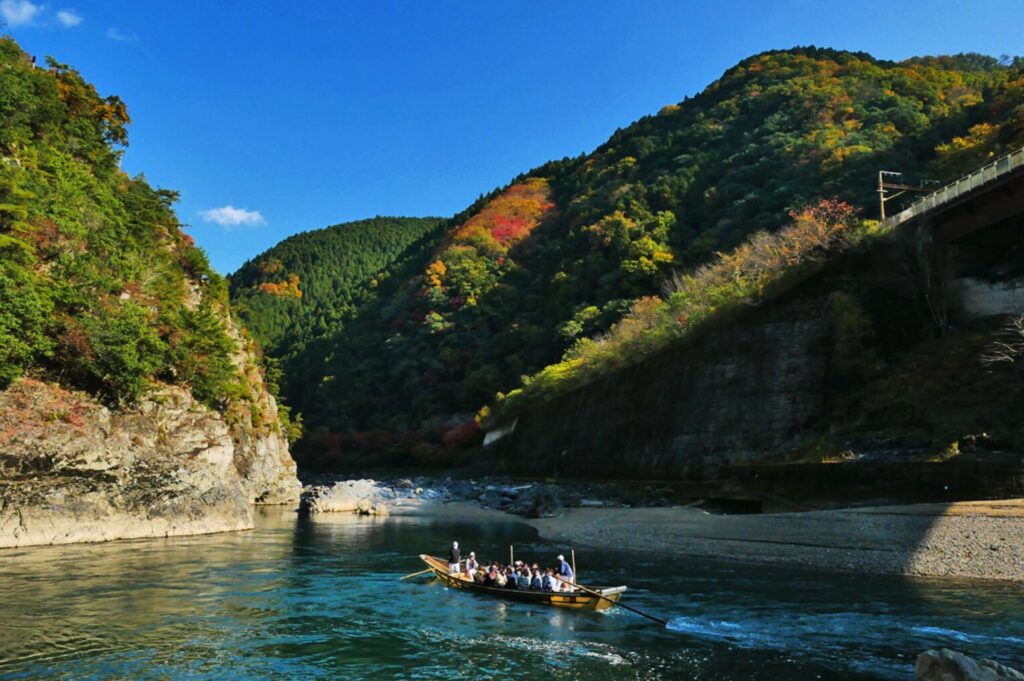
In Kyoto, tradition doesn’t just live in temples. It moves through rivers.
I rode the Hozugawa River Boat with my wife on a sunny day. Three boatmen guided us down the river using only bamboo poles. The ride was peaceful one minute, exciting the next—sharp turns, splashes, then stillness.
The cliffs towered over us. The forests looked ancient. I felt like I was in a samurai film—except it was real.
Flo’s comment: This is the part of Kyoto that doesn’t stand still—it flows.
4. Calligraphy (Shodo) – Writing with Spirit and Struggle
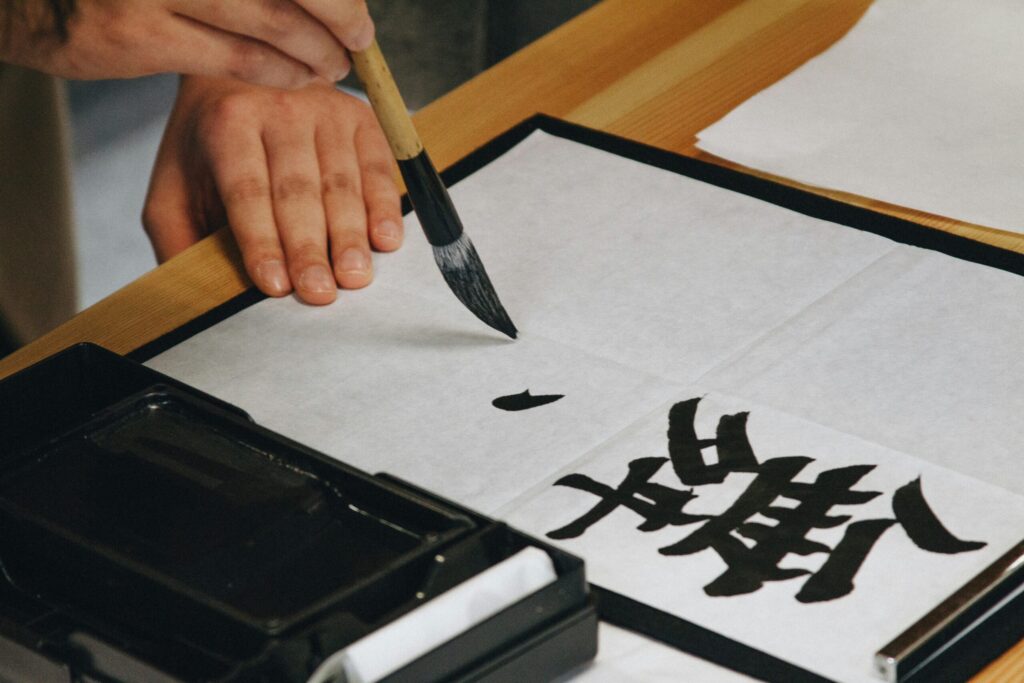
I’ve done shodo since elementary school—and even now, I still struggle with it.
Calligraphy isn’t about being artistic. It’s about being present. When you dip your brush in ink and try to write a kanji character, you suddenly realize how hard it is to balance motion and stillness.
Every line matters. Every breath shows up in your stroke. When I took a calligraphy class in Kyoto, I was reminded of just how much patience and humility it takes to write a single word beautifully.
Yes, you can do shodo anywhere in Japan. But doing it in Kyoto, surrounded by history and stillness, feels like stepping into an older, slower world.
Flo’s comment: You’re not writing a character. You’re revealing yourself.
5. Cycling Through Arashiyama’s Quieter Corners – Uzumasa & Beyond

Everyone knows Arashiyama. The iconic bamboo grove, the dreamy Togetsukyo Bridge, the monkey park on the hill. But here’s the thing: these days, it’s really crowded.
But there’s another side to Arashiyama—and it’s just a short pedal away.
My wife’s family actually lives near Uzumasa, not far from the heart of Arashiyama. When I visit, I always bring my bike or rent one nearby. Just beyond the tourist-packed paths, you’ll find peaceful riversides, hidden temples, and wide-open rice paddies that feel like a different world.
Cycling early in the morning or late in the afternoon? Perfection. You’ll hear birds, not camera shutters. You’ll meet locals walking their dogs instead of crowds rushing for Instagram shots.
I can’t recommend this enough: rent a bicycle and ride out toward the edges of Arashiyama—especially toward Uzumasa and Kiyotaki. You’ll rediscover Kyoto as it used to be.
6. Sento & Sauna at a Local Kyoto Bathhouse – Discover “Totonou”

Forget fancy hotel spas—try a local sento instead. These public bathhouses are part of everyday life for many Kyotoites. You’ll find a mix of locals scrubbing down, soaking in hot baths, and these days, even hitting the sauna + ice bath combo.
Yes, it can feel a little intimidating at first: most places are cash only, tattoos may be an issue, and there are no private spaces. But if you’re up for the challenge, it’s an unforgettable, affordable dive into real Kyoto life.
🧖♂️ Flo’s comment: I’m a sauna addict. I seriously recommend this. Go for 3 rounds of hot–cold–rest and you’ll hit “totonou”—a kind of meditative clarity you won’t forget.

Recommended Sauna Spots in Kyoto:
Nijo-yu (二条湯) – Popular with young locals, it blends traditional atmosphere with modern sauna features.
Funaoka Onsen (船岡温泉) – Retro vibes with beautiful tile art and a solid sauna setup.
Hinode-yu (日の出湯) – A quiet, local bathhouse with a good rotation between hot bath, cold plunge, and sauna.
7. Irori Hearth Experience at a Kyoto Machiya Café – A Taste of Nostalgia
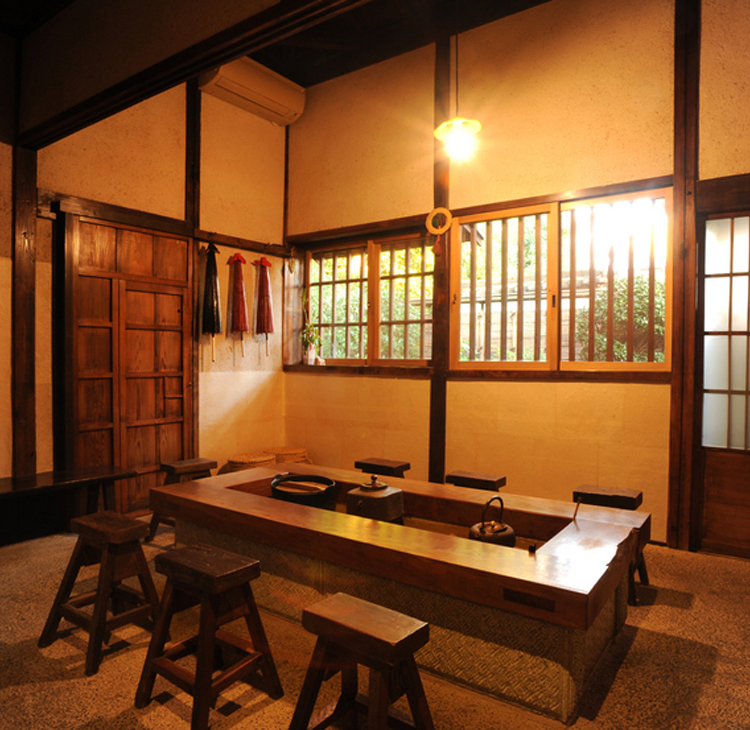
Step into a traditional machiya (Kyoto townhouse) café and gather around an irori—a sunken hearth once used for heating and cooking. Some places let you grill mochi or enjoy green tea by the soft glow of charcoal. It’s like stepping into a slower, older Japan.
Flo’s comment: That smoky warmth and crackling fire—it felt like going back in time. Peaceful in the best way.
8. Morning Zazen at a Zen Temple – Start Your Day the Kyoto Way
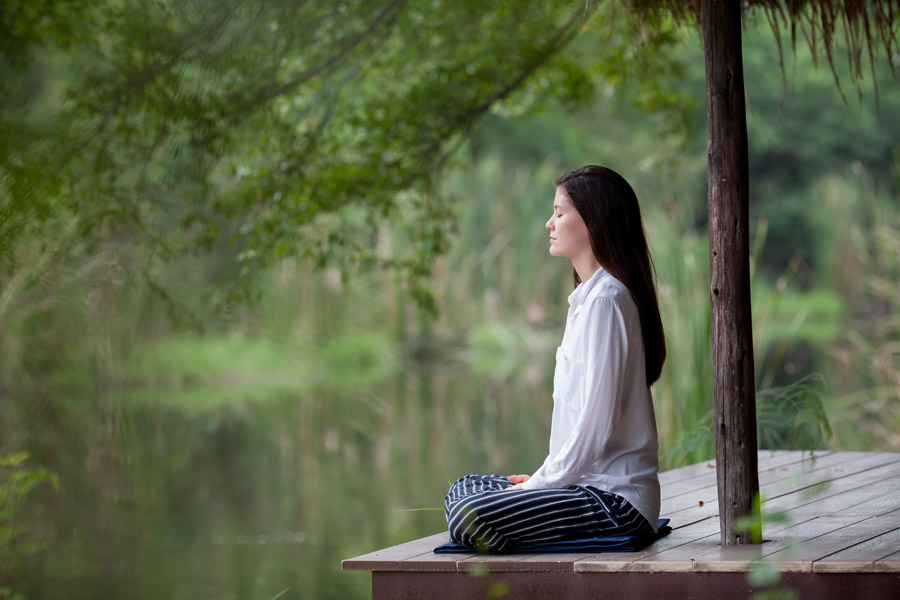
Wake up with the city and step into stillness. At temples like Kennin-ji or Myoshin-ji, you can join a morning zazen (seated meditation) session—often before the city even stirs. No phones, no chatter—just the quiet rhythm of your breath and the distant call of birds echoing through temple halls.
Flo’s note: Felt like time froze. Just breath, light, and peace.
9. Fushimi Sake Brewery Tour & Tasting – A Sip of Kyoto’s Liquid History
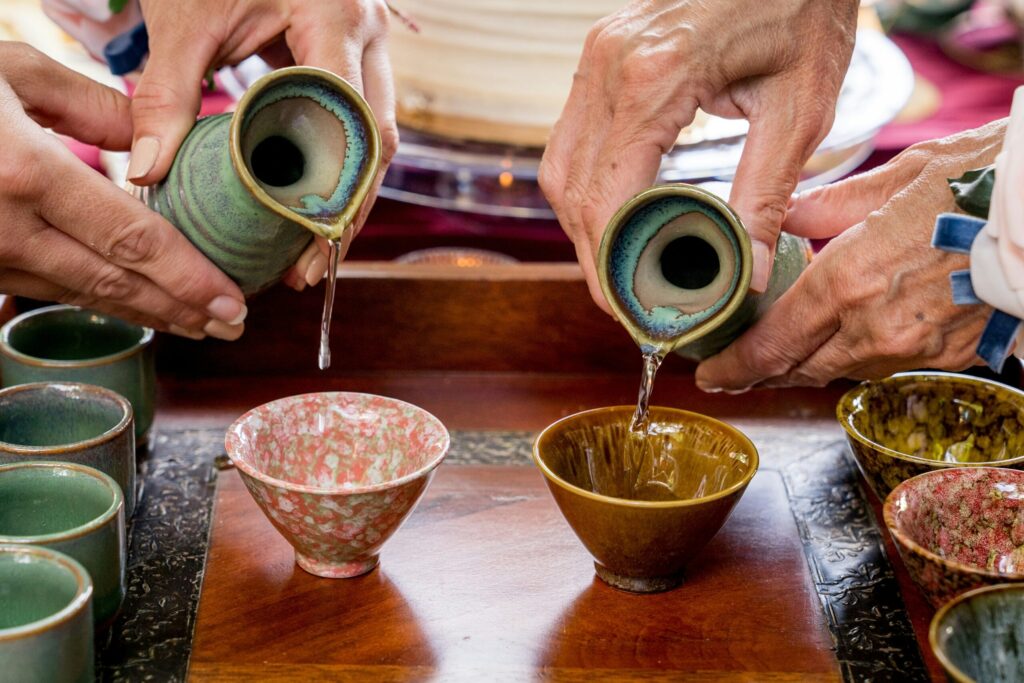
Fushimi, Kyoto’s historic sake district, is home to some of Japan’s oldest breweries. On a guided tour, you’ll walk among wooden storehouses, learn how sake is crafted, and sample varieties from crisp junmai to aged koshu.
You can visit famous spots like Gekkeikan Okura Museum or smaller, family-run breweries where the toji (brewmasters) might pour for you personally.
Flo’s comment: I’m not a heavy drinker, but even I found myself surprised—Kyoto’s sake is incredibly smooth. And tasting it where it’s made? That’s a whole new level.
10. Staying in a Ryokan and Listening to the Wind
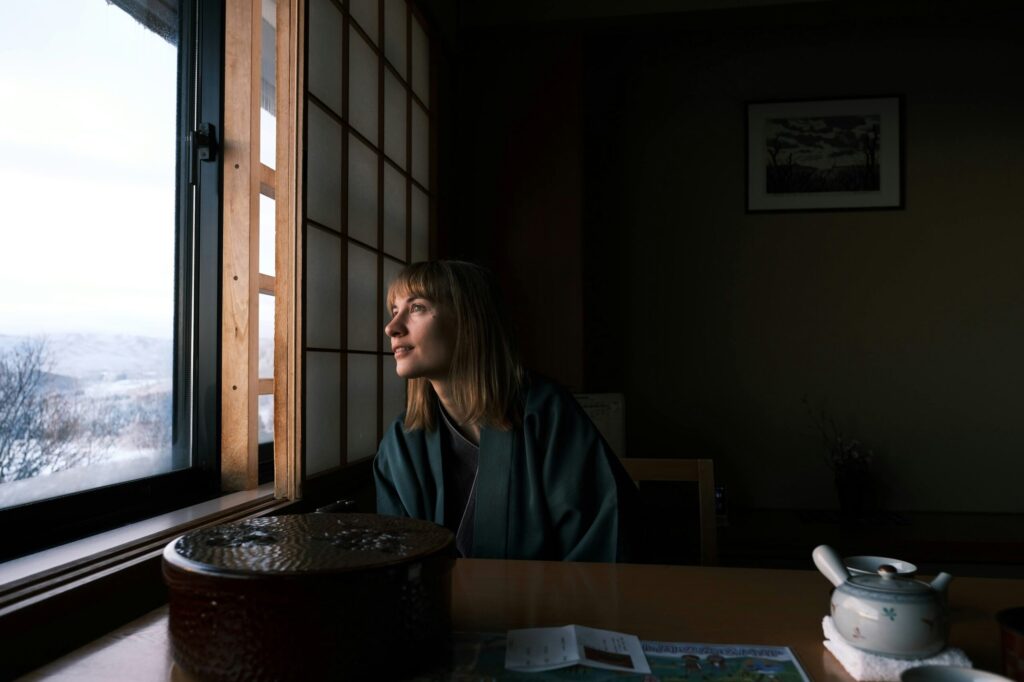
My wife and I once stayed in a traditional ryokan just outside the city. There were tatami floors, sliding doors, a cypress bathtub, and wind chimes outside the window.
We drank tea, put on yukata, and just sat by the garden. That night, I slept deeper than I had in months.
Flo’s comment: Sometimes, the most luxurious thing in Kyoto is silence.
Final Words
Kyoto isn’t just a place to see. It’s a place to slow down. To feel. To remember.
Whether you’re wearing a kimono from your childhood memories, sipping matcha with your mother, or simply standing still as a temple bell rings—you’re not just a visitor here.
You’re part of the moment.
And that’s what makes Kyoto unforgettable.
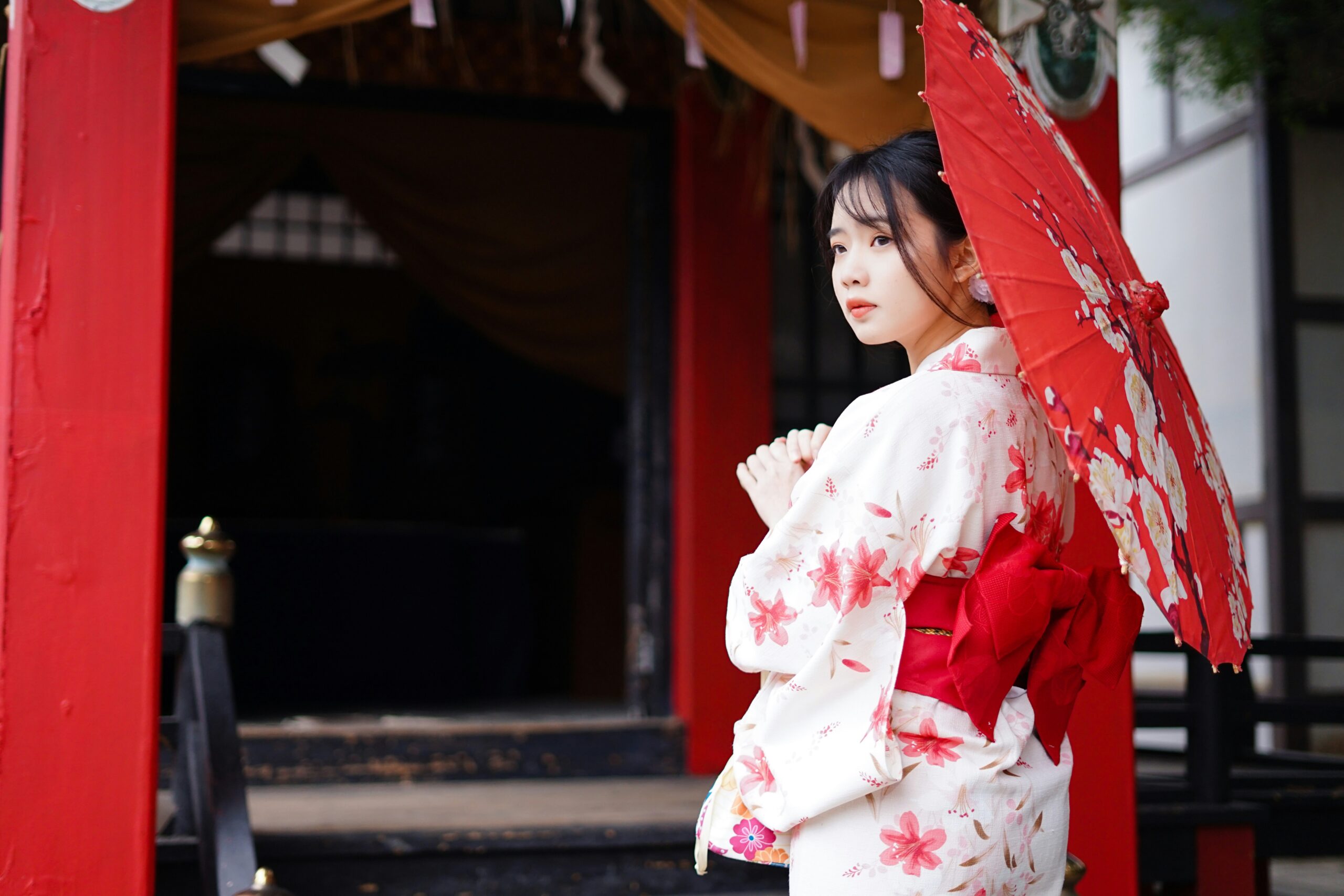
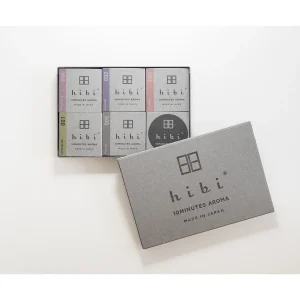

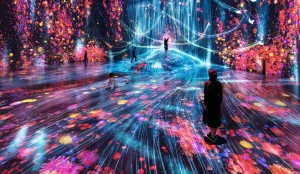
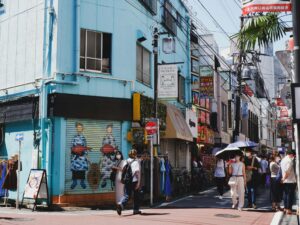

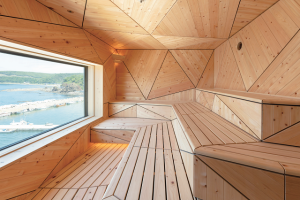
Comments